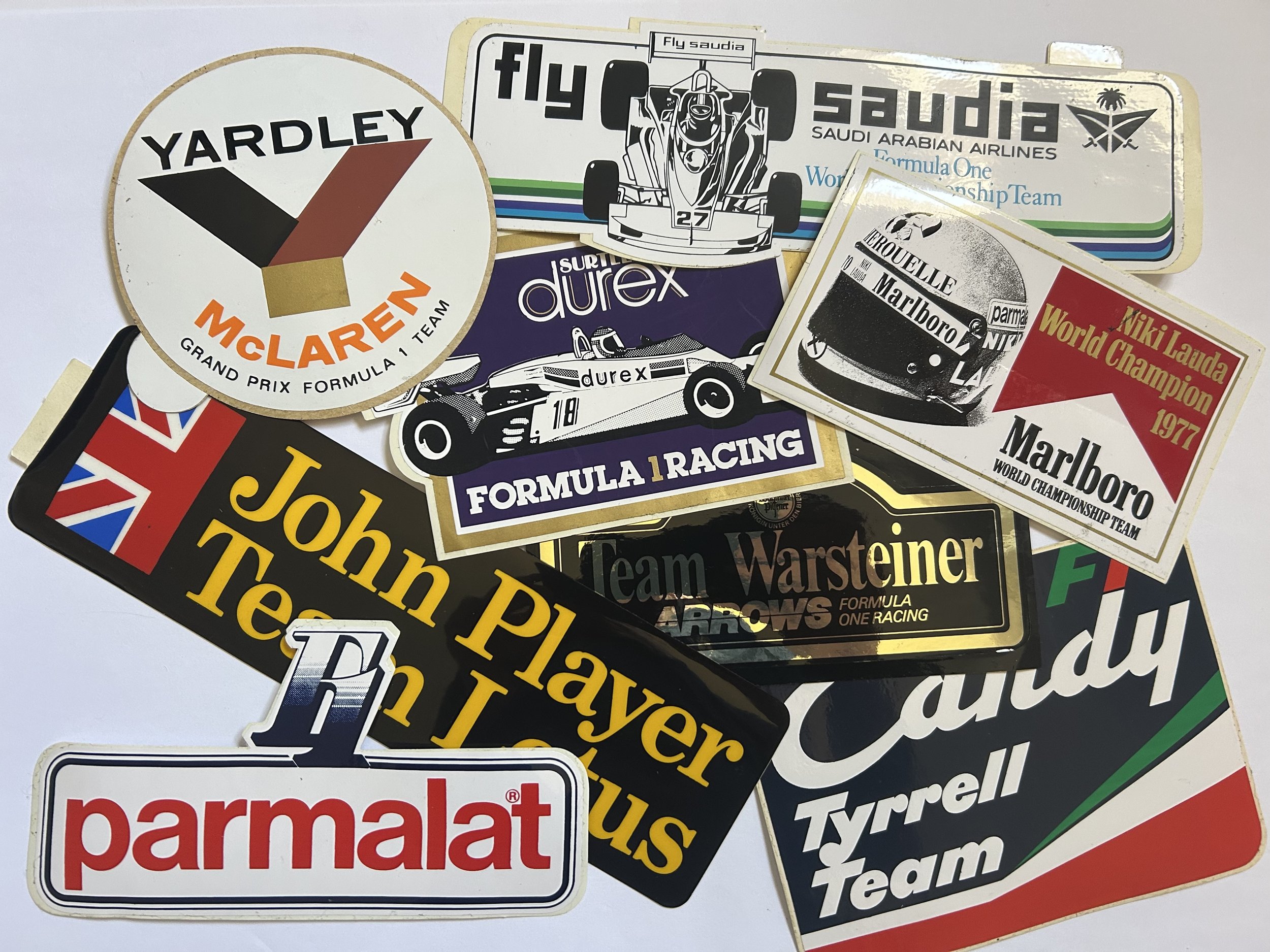Formula 1: How the 1970s Compare to Today’s Racing - Part 1
The roar of engines, the thrill of wheel-to-wheel battles, and the relentless pursuit of innovation—Formula 1 has always been at the cutting edge of motorsport and technology. But as the 2025 season kicks off, it’s impossible not to reflect on how much has changed since the raw, unpredictable days of the 1970s. This was an era where fearless drivers wrestled brutal machines, safety was an afterthought, and technical innovation often outpaced regulation. Today, F1 is a slick, hyper-technical spectacle, with data-driven precision replacing much of the seat-of-the-pants daring of the past. But has the sport lost something in the process? Let’s look at how F1 today compares to its 1970s counterpart.
The Cars: Brute Force vs. Precision Engineering
In the 1970s, Formula 1 cars were a handful. They had monstrous power, little downforce (until ground effect aerodynamics took hold), and virtually no driver aids. The likes of Jackie Stewart, James Hunt, and Niki Lauda fought their machines as much as they fought each other, managing cars that slid through corners and often behaved unpredictably. Reliability was a constant concern, with engines and tyres prone to spectacular failures.
Fast forward to today, and F1 cars are technological masterpieces. Hybrid power units deliver over 1,000 horsepower while being more fuel-efficient than ever. Today F1 engines have over 50% thermal efficiency compared to our cars which are close to 20 – 30%. Aerodynamics are fine-tuned in wind tunnels, and telemetry feeds engineers’ real-time data to optimize performance mid-race. The result? Faster lap times, but with less of the unpredictable chaos that made older races so gripping.
The Drivers: Grit vs. Data-Driven Precision
The 1970s drivers were a different breed—often seen as rockstars as much as racers. They partied hard, lived dangerously, and had a deeply personal connection with their cars. With no power steering, no electronic aids, and limited team radio communication, they had to rely entirely on instinct and raw talent. Also, the cars and circuits of the 1970s had different levels of safety compared to what we see today. Crashing in the 70s could result in serious injuries and often death.
Today’s drivers are supreme athletes, undergoing extensive training in reaction times, fitness, diet and mental resilience. They spend hours in simulators, perfecting their racing lines before they even reach the track. Modern F1 is more about strategy, consistency, and maximizing every tenth of a second rather than throwing the car into a corner and hoping for the best. Interestingly, with the recent influx of rookies, some of today’s drivers are raising the subject of testing real F1 cars versus simulators. In the 1970s drives would be testing the car and tyres two to three days a week, which would form the backbone of deciding the set up for each Grand Prix.
Next week Part 2 will cover Safety and Drama vs. Technology.
